Boat chart of Bay of Islands, showing the location of the yellow buoys marking the outer edge of the government caulerpa anchoring, fishing and diving ban.
Photo: Local Democracy Reporter Northland / Susan Botting
About 70 owners of boats illegally anchored in the Bay of Islands’ caulerpa ban area have been spoken to by ambassadors since the start of the summer boating season.
The boats have been breaching the anchoring ban inside the government-controlled area notice (CAN) zone prohibiting anchoring, diving and fishing.
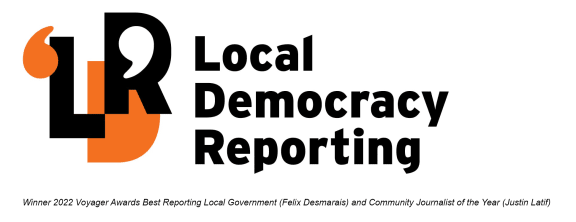
The ban is backed up with a rāhui laid down by Te Rawhiti hapū Ngati Kuta and Patukeha.
Both were put in place in June and aimed to hit hard at the spread of invasive seaweed pest caulerpa, first found at Omākiwi Cove in the Bay of Islands in May.
The vessels were among about 120 spoken to by hapū community kaitiaki ambassadors in an education approach since the summer boating season started at Labour Weekend. They included launches, yachts, runabouts, jetskis and kayaks.
Boats are allowed to travel through the CAN, but cannot anchor, fish or dive.
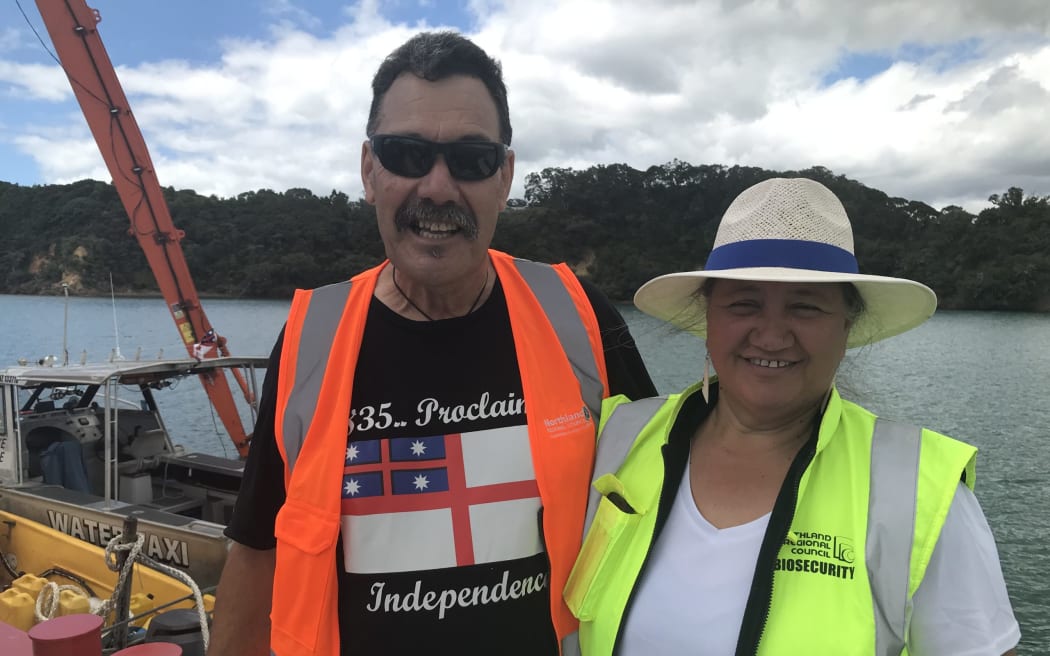
Bob and Louise Clarke helped protect the Bay of Islands from caulerpa spread over summer.
Photo: Local Democracy Reporter Northland / Susan Botting
Te Rawhiti community kaitiaki Louise Clarke (Ngāti Kuta) said anchoring was the main way boats breached the CAN regulations. There had also been boats drift fishing and trolling.
Anchoring is one of the main ways caulerpa invasive seaweed spreads.
The joint NRC and Ministry for Primary Industries funded kaitiaki mahi is part of ongoing caulerpa education and communication inside the CAN, which covers more than 1000 hectares of the Bay of Islands.
“One boat we spoke to in Omākiwi brought up a huge half-metre-long clump of caulerpa on its anchor. Because of the way its anchor well was positioned, they wouldn’t have seen it [if the kaitiaki hadn’t been there as the anchor was lifted].”
The boat went on from Omākiwi Cove to other locations in the Bay of Islands including Deep Water Cove and the Ipipiri Islands.
Clarke said that interception was a clear example of the importance of the group’s mahi.
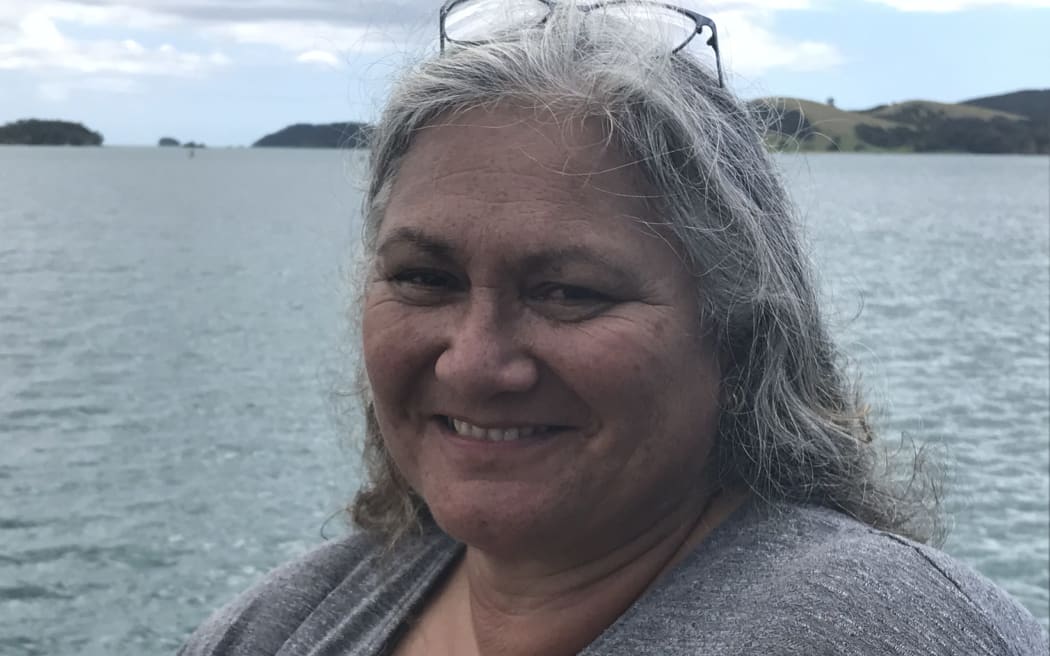
Te Rawhiti caulerpa crew’s Michelle Elboz says ambassadors education work with boaties has made a difference.
Photo: Local Democracy Reporter Northland / Susan Botting
Caulerpa crew project manager Michelle Elboz (Ngāti Kuta, Patukeha) said there were six ambassadors out in the Bay of Islands over the summer peak.
“Our mahi is helping make a difference,” Elboz said.
Ngāti Kuta and Patukeha are playing a key role in the fight against caulerpa spreading through the Bay of Islands from its Omākiwi Cove epicentre.
Te Rawhiti-based caulerpa crew works in a multi-pronged way to fight caulerpa, the summer boaties’ education part of its efforts.
Clarke said most boaties spoken to said they were not aware of the ban.
Some did not understand what the yellow buoys marking the boundary of the caulerpa anchoring ban were about, she said.
Clarke and her family have been on the water, whilst other community kaitiaki have been on Ipipiri Islands and at the Bay of Islands boat ramps.
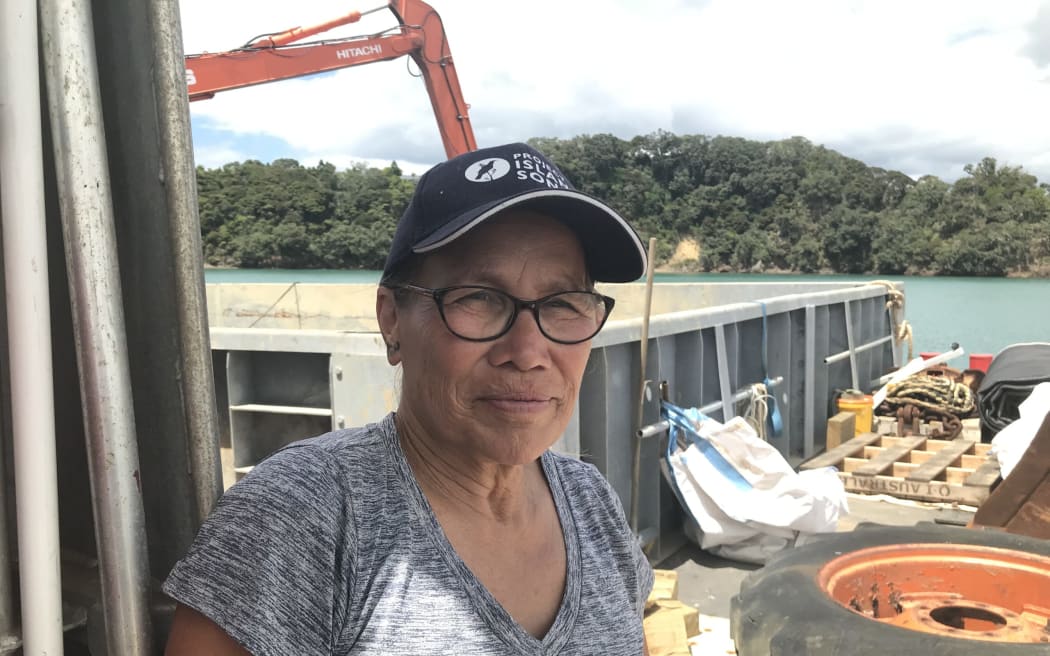
Bay of Islands’ community kaitiaki Deliah Quedec was busy at the Russell boat ramp over the summer spreading the word among boaties in the fight against caulerpa.
Photo: Local Democracy Reporter Northland / Susan Botting
Russell boat ramp volunteer Deliah Quedec (Ngāti Kuta, Patukeha) said the caulerpa mahi was important.
“We live here. We can’t not do it, this is our moana. We can’t not try and stop the spread,” Quedec said.
“It’s our duty, we have to look after it as kaitiaki.”
Peak times over the summer saw Quedec talk to as many as 50 boaties an hour at the boat ramp.
“In general they were pretty receptive,” Quedec said.
“We’re giving it our best shot.
“I care about my rohe,” she said.
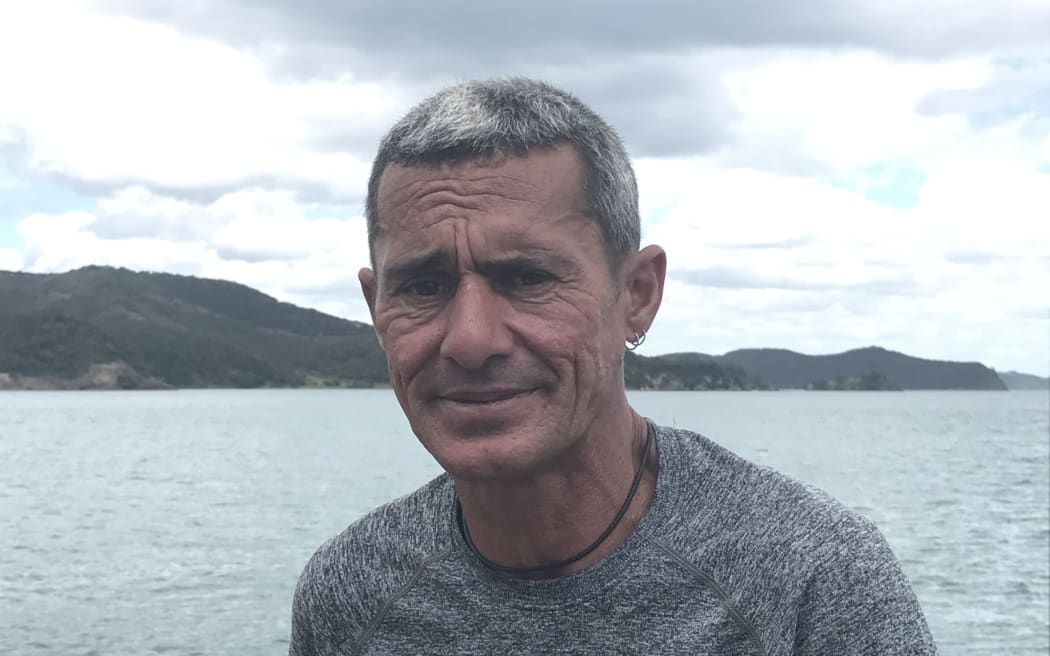
Rana Rewha spread the word about caulerpa on Urupukapuka Island as part of the ambassadors’ community kaitiaki mahi.
Photo: Local Democracy Reporter Northland / Susan Botting
Community kaitiaki Rana Rewha (Ngāti Kuta) said informal caulerpa hui for campers on Urupukapuka Island had been popular.
More than 1000 boats head to and from the Bay of Islands each year, their visiting peaking over summer.
Many of the boats head there from Auckland via Aotea Great Barrier Island where the invasive pest caulerpa was first identified in New Zealand in 2001.
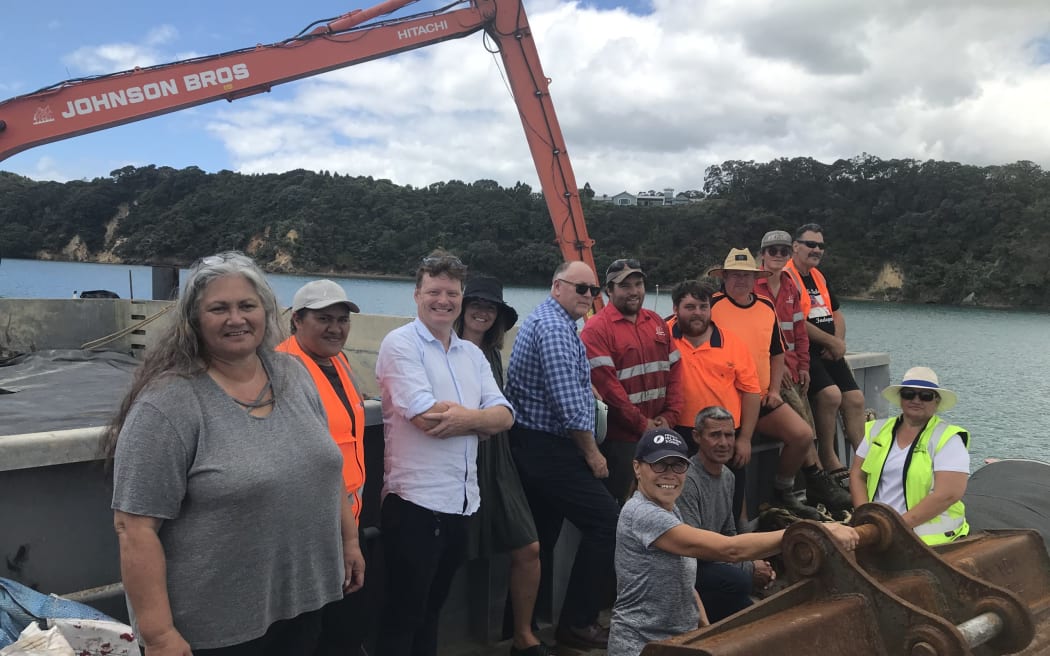
Leaders in the fight against Bay of Islands’ now nine-month old battle against the invasive caulerpa on New Zealand’s first mechanical caulerpa suction dredge in Omākiwi Cove.
Photo: Local Democracy Reporter Northland / Susan Botting
LDR is local body journalism co-funded by RNZ and NZ On Air.










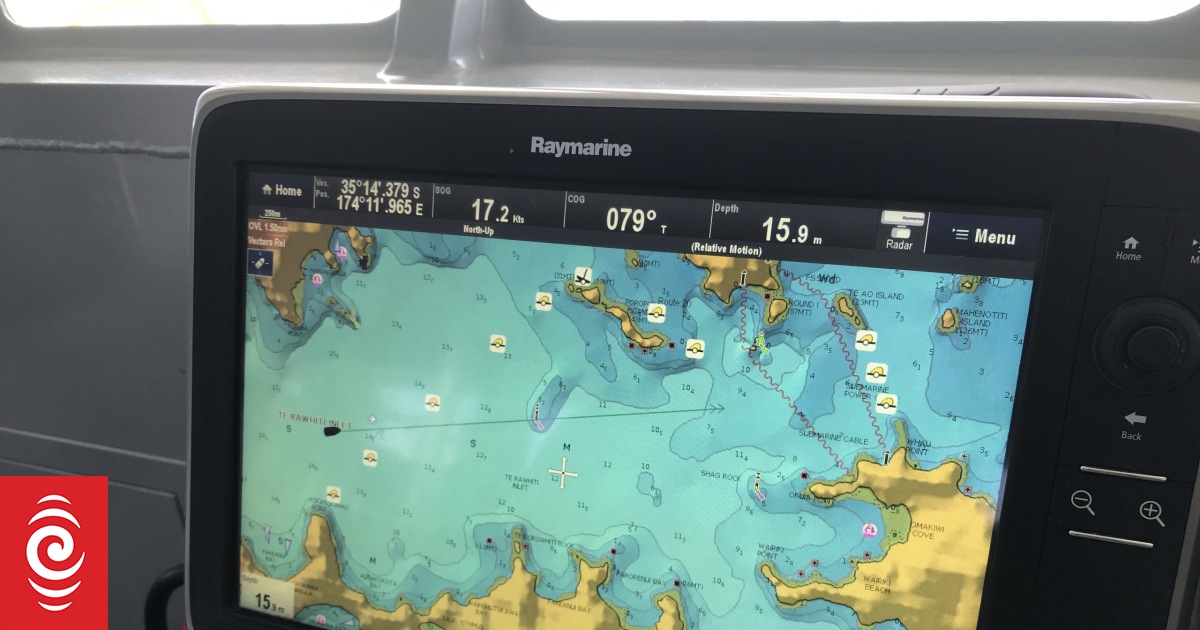








Discussion about this post